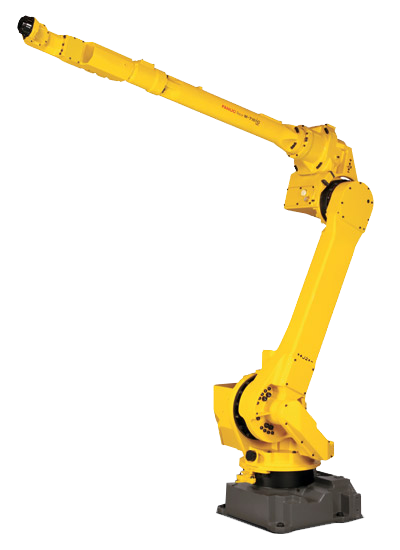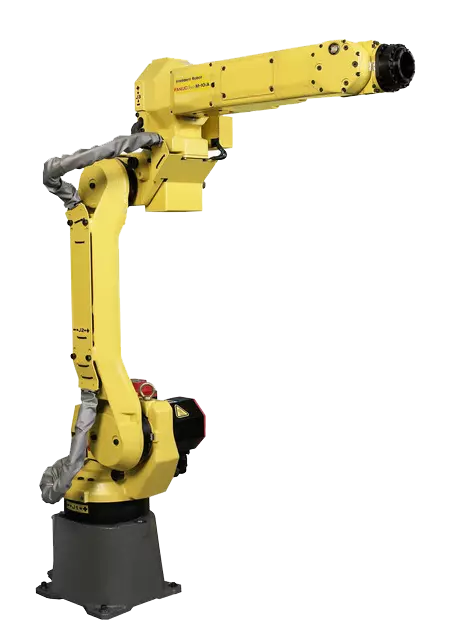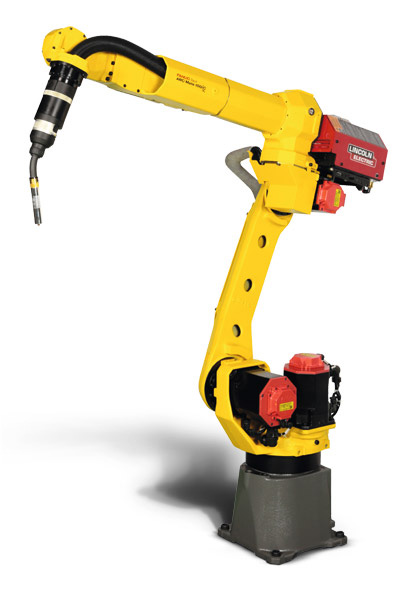Aerospace Applications Being Automated By Robots
During the past several years aerospace manufacturers have been shifting away from their traditional assembly processes to incorporate industrial robots to their production lines. Airplane components must be built accurately and meet stringent quality standards to ensure the safety of the aircraft as well as its longevity. Robots have been a successful manufacturing solution for the aerospace industry because of their precision and rigidity, especially when it comes to working with large plane components. Manufacturers in the aerospace industry are capitalizing on the advantages of automating with robots by deploying them for some of the most critical applications in order to build safer, more durable, and higher quality planes.
Drilling
Robotic drilling applications are the most widely deployed in the aerospace industry. Drilling robots are integrated with robotic vision systems for enhanced accuracy for hole drilling. The fuselage of a plane can require thousands to millions of holes, a task that is not feasible through manual drilling. In addition, heavy tooling is often used in order to drill through tough materials such as titanium and requires multiple steps, making drilling a laborious process for workers. Industrial robots are able to meet the challenges of drilling applications while providing increased efficiency and accuracy. The higher payload capacity of robots makes them better equipped to handle heavy tooling and their power allows them to quickly drill through the titanium exteriors of planes. Robots cut down on production times with their fast-operating speeds and ability to complete all drilling steps required in a single pass. FANUC robots in the aerospace industry are often implemented for drilling applications because of their power and accuracy. The FANUC M-710ic and the R-2000ib are two examples of FANUC drilling robots commonly used by airplane manufacturers.
Sealing
Applying even beads of sealant to the large components of a plane can be difficult through manual application. Sealant needs to be dispensed accurately and in uniform beads to prevent the waste of materials and to ensure the plane will not succumb to the intrusion of dust, air, gas, or liquids. Industrial robots integrated with dispensers for their EOAT can apply precise amounts of sealant quickly and repeatedly. They can also be integrated with tracks to be able to cover the large spans of aircraft components. A ABB IRB 6640 placed on a track can cover thirty feet or more within a matter of minutes, significantly speeding up sealant applications. This is one of the many benefits of robots on tracks.
Painting
Manual painting of the large exteriors of planes can be a painstaking process that is prone to errors such as overspray and dripping. The painting of a plane is not only important for aesthetics but also for reducing its weight to make it more arrow dynamic. The precise arm movements of painting robots accurately spray even paint coatings, eliminating errors from occurring. They can also be placed on tracks to cover the entire span of a plane.
Welding
Precision and quality are both vital to the welding of metal plane components to ensure its safety and durability. Motors and turbines are some of the components welded by robots in the aerospace industry. These parts require tight tolerances and rigidity that can only be met with the use of welding robots. A Motoman EA1900N is an example of a robot commonly deployed for aerospace welding applications.
Robots Done Right is the place to start when it comes to used robots. Contact us if you are interested in buying or selling your used robot.




